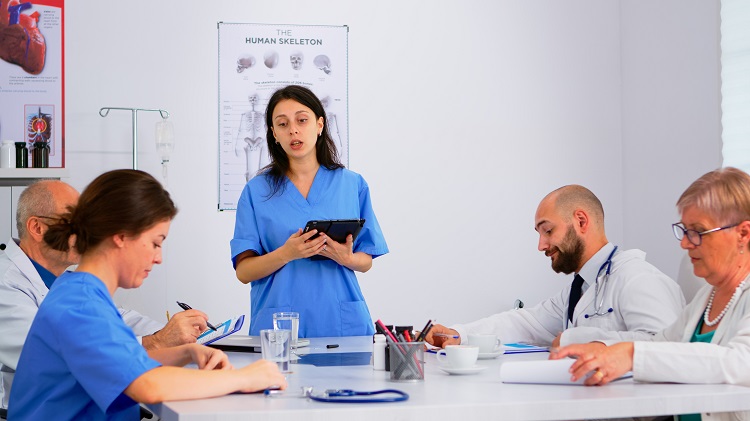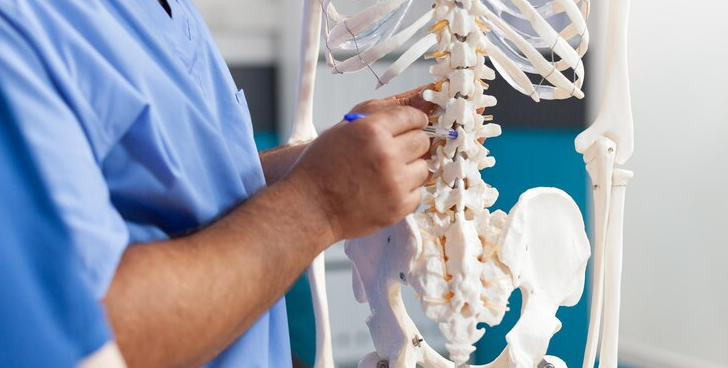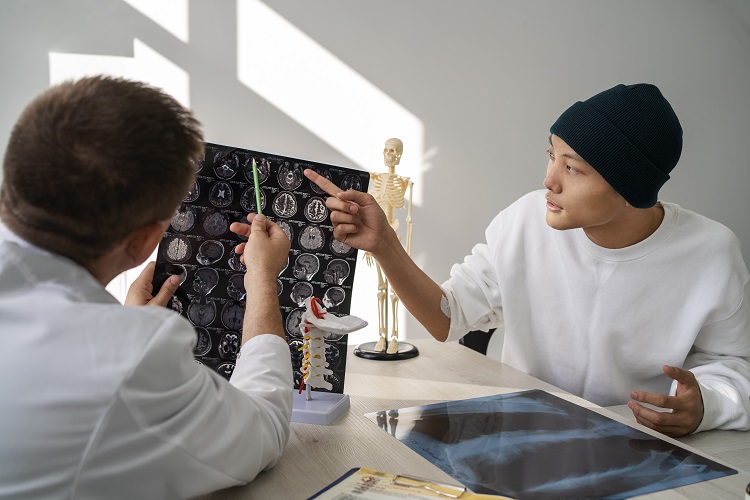As hip arthroscopy use grows, so does resident and fellow exposure, providing more “hands-on” learning opportunities. Nevertheless, hip arthroscopy is technically challenging, particularly noting that improved patient-reported outcomes and survivorship are reported after labral repair or reconstruction (vs debridement) as well as routine capsular closure. Undoubtedly a requisite number of cases is required to reach the saturation point of the “learning curve.” A recent review shows that traction time, complication rates, and reoperation rates decrease with increasing case volumes, but there is a wide range of cases reported after which the learning curve “plateaus,” ranging from 30 to 520 cases. A large database study shows that hip arthroscopy readmissions and complications are significantly lower in high-volume centers. However, large database studies may include biases requiring attention. First, the rates are relatively low across the entire cohort. Second, more younger patients were treated in the greater-volume centers, which may contribute to the difference in outcomes observed. Finally, older patients (often >50 years old) with concomitant osteoarthritis are also associated with greater complication, readmission, and reoperation rates. Such patients may not be selected as candidates for hip arthroscopy by greater-volume surgeons. The hip arthroscopy volume to competency learning curve debate is complicated. Learning when “enough is enough” is a lifetime discipline.Copyright © 2023 Arthroscopy Association of North America. Published by Elsevier Inc. All rights reserved.















